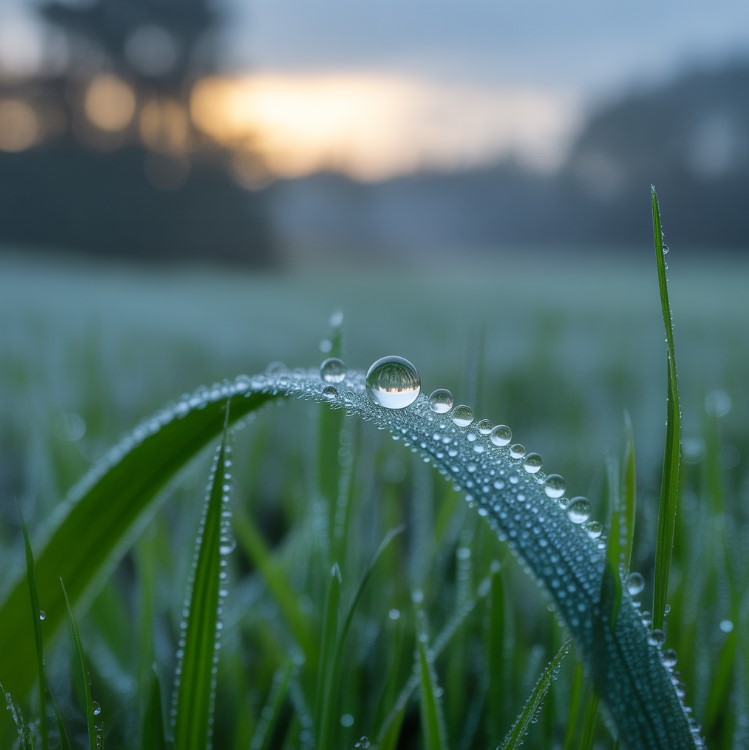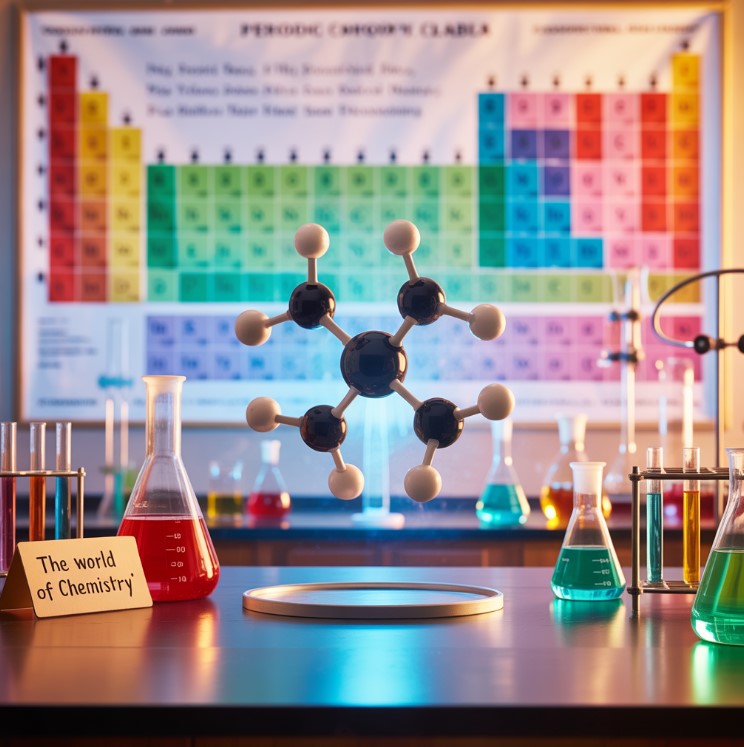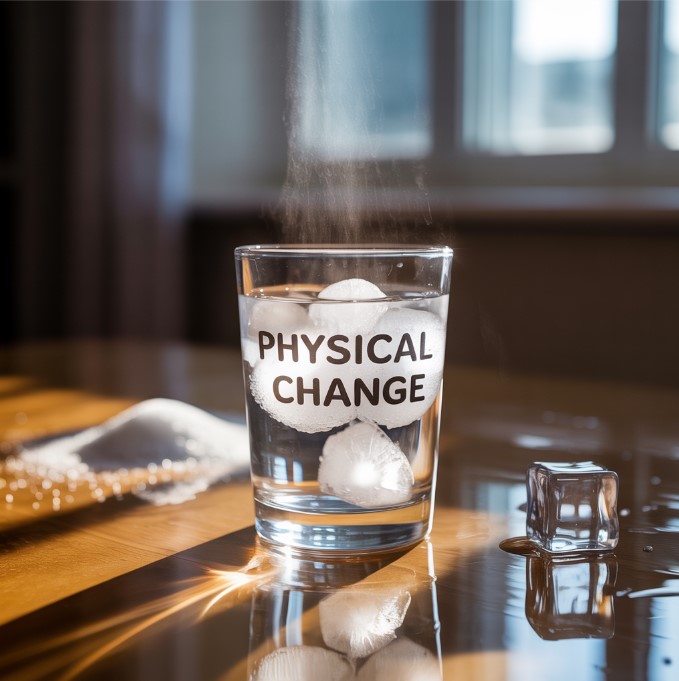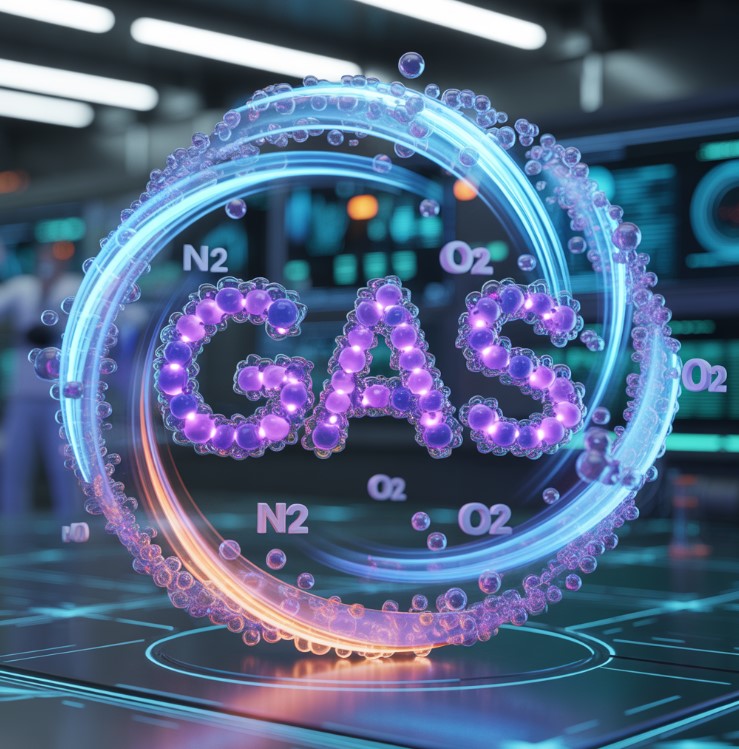Contents
This exploration of condensation details the process of changing from gas to liquid, covering key examples of condensation like morning dew and explaining its crucial role of condensation in the water cycle.
Have you ever walked across a lawn on a chilly morning and wondered where the thousands of glittering water droplets on your lawn grass came from? Or perhaps you’ve taken a cold drink outside on a humid day, only to find its surface mysteriously wet moments later. The answer to these everyday mysteries is a fundamental scientific process called condensation. This natural phenomenon is not just responsible for these small wonders but also for the formation of clouds, fog, and rain, playing a vital part in the global water cycle. It is a perfect illustration of a change in the physical state of matter.
The Science Behind the Transformation
So, what exactly is this process? Condensation is the process of changing from gas to liquid. To understand it, we must first think about the invisible world of molecules. The air all around us contains water in its gaseous form, a substance known as water vapor. You cannot see this water vapor, as its molecules are energized, moving quickly and staying far apart from one another.
The key to triggering condensation is a drop in temperature. When this airborne water vapor comes into contact with a surface or a pocket of air that is cooler than it is, the molecules lose energy. This causes them to slow down and cluster together. If the temperature drops enough, these molecules will bunch up so tightly that they transition from a gas back into liquid water droplets. The specific temperature at which this change happens is a critical threshold known as the dew point.
A Simple Rule: If the temperature of a surface or the air drops below the dew point, the water vapor in the surrounding air will undergo condensation. This principle explains a vast array of observable phenomena, from the personal to the planetary.
Everyday Examples of Condensation We All Recognize
The beauty of science is that you don’t need a laboratory to see its principles in action. The best examples of condensation appear in our daily lives, often without us giving them a second thought. Let’s explore some of these common occurrences.
Morning Dew: Nature’s Glittering Blanket
One of the most picturesque examples of condensation is morning dew. During the night, objects on the ground, such as grass, leaves, and car roofs, often radiate their heat away and become cooler than the surrounding air. As the night progresses, their surface temperature can drop below the dew point. When this happens, the invisible water vapor present in the air comes into contact with these cold surfaces and undergoes condensation, forming the beautiful water droplets on your lawn grass that we see at dawn. This morning dew is a crucial source of moisture for many plants and insects.
How Fog Forms: A Cloud on the Ground
Have you ever experienced a day where the world seems to be wrapped in a thick, grey blanket? That phenomenon is fog, and its formation is a large-scale example of condensation. The answer to how fog forms is that it’s essentially a cloud that touches the ground. This occurs when a large volume of air near the Earth’s surface cools down to its dew point. As the air cools, the water vapor within it condenses into billions of tiny liquid water droplets or ice crystals, which remain suspended in the air. This suspension is what we see as fog, reducing visibility and creating a mystical atmosphere.
Foggy Car Windows and Foggy Glasses
If you’ve ever gotten into your car on a cold or rainy day, you’ve likely battled foggy car windows. This is a classic case of condensation in a confined space. So, why do car windows fog up on the inside? Your breath is warm and contains a high concentration of water vapor. When this warm, moist air inside the car comes into contact with the windows, which are chilled by the colder outside air, the glass surface is below the dew point. Consequently, the water vapor from your breath rapidly condenses into a film of tiny water droplets, obscuring your view. A similar principle applies to foggy glasses when you walk from a cold environment into a warm room; your colder lenses cause the moisture in the warm air to condense.
Why Can I See My Breath in the Winter?
Seeing your breath on a frigid day is another personal and immediate example. The answer to why can I see my breath in the winter lies in the same science as foggy car windows. Your lungs warm the air you inhale to your body temperature (around 98.6°F or 37°C) and saturate it with water vapor. When you exhale this warm, moist air into the much colder winter environment, it cools down instantly. This rapid cooling brings the exhaled air past its dew point, forcing the invisible water vapor to undergo condensation into a visible cloud of tiny liquid water droplets and ice crystals.
Sweaty Drink-Cans: Is My Can Leaking?
It’s a common experience: you pull a cold can of soda from the refrigerator on a warm day, and within minutes, its surface is covered in moisture. This has led many to wonder, why do cold drink cans get wet? It’s easy to think the can is leaking, but the water on the outside of these sweaty drink-cans actually comes from the air. The can’s metal surface is significantly colder than the air around it, chilling a thin layer of air right next to the can to below its dew point. The water vapor in that layer of air then changes its physical state of matter, undergoing condensation directly onto the can’s surface.
Condensation on a Grand Scale: The Atmosphere at Work
While the small-scale examples of condensation are fascinating, the process has its most profound impact on a global scale. It is a cornerstone of our planet’s weather and climate systems.
How Are Clouds Formed by Condensation?
Looking up at the clouds is looking at condensation in action. The answer to how are clouds formed by condensation begins at the Earth’s surface. The sun heats the ground, causing water from oceans, lakes, and rivers to evaporate, turning into water vapor. This warm, moist air is less dense than the cooler air above it, so it rises. As it ascends higher into the atmosphere, the air pressure decreases, causing the air to expand and cool. Eventually, it cools to its dew point. At this point, the water vapor needs something to condense onto. Tiny airborne particles like dust, pollen, or salt—called condensation nuclei—provide these surfaces. The water vapor condenses onto these particles, forming the tiny water droplets or ice crystals that collectively create a visible cloud.
The Vital Role of Condensation in the Water Cycle
The water cycle is the continuous movement of water on, above, and below the surface of the Earth. Condensation is the critical bridge in this cycle. It is the process that converts the gaseous water vapor, transported upward by evaporation, back into liquid water in the form of clouds. Without condensation, this atmospheric moisture would never be able to form clouds and, consequently, could not fall back to Earth as precipitation (rain, snow, etc.). This fundamental role of condensation in the water cycle ensures that water is redistributed across the planet, sustaining ecosystems and providing the freshwater essential for life.
What are Contrails? Unraveling the White Lines Behind Airplanes
Have you ever gazed up at the sky and wondered, what are the white lines behind airplanes? These lines are known as contrails, a shorthand for “condensation trails.” A common misconception is that contrails are just pollution. In reality, they are a striking example of man-made condensation. Aircraft engines release hot exhaust that contains a significant amount of water vapor. At high altitudes, the air is extremely cold (often below -40°F/-40°C). When the hot, moist exhaust mixes with this frigid ambient air, the temperature drops instantly, causing the water vapor to undergo rapid condensation and deposition, forming billions of tiny ice crystals. The answer to “What are contrails?” is simply that they are man-made ice clouds, tracing the path of an airplane through the sky.
Harnessing Condensation: The Ingenuity of the Fog Fence
Understanding a natural process is the first step toward harnessing it for human benefit. While condensation can be a nuisance like foggy car windows, it can also be a source of life. A brilliant piece of technology that demonstrates this is the fog fence. In some arid coastal regions, such as parts of Chile and Morocco, there is very little rainfall, but dense, moisture-rich fog frequently rolls in from the sea.
So, how does a fog fence collect water? A fog fence is a large, vertical mesh net, typically made of a plastic material, erected on a ridgeline in the path of prevailing winds that carry fog. As the wind pushes the fog through the mesh, the tiny suspended water droplets collide with and stick to the mesh fibers. This is a form of condensation where existing droplets are collected. As more droplets accumulate, they combine into larger drops, which then run down the mesh under the force of gravity and are collected in a trough at the bottom. This simple, energy-free system can harvest thousands of liters of fresh water each day, providing a vital resource for communities. The fog fence is a testament to how understanding condensation can lead to life-saving innovation.
Understanding Condensation: A Comparison Table
To better visualize the unifying principle behind these diverse events, this table breaks down several examples of condensation.
| Phenomenon | Warm Moisture Source | Cold Surface / Air | Resulting Condensation |
|---|---|---|---|
| Morning Dew | Water vapor in the night air | Ground/grass cooled overnight | Water droplets on your lawn grass |
| Foggy Car Windows | Warm, moist air from breath | Cold window glass | A film of water obscuring the view |
| Sweaty Drink-Cans | Water vapor in room air | Cold surface of the can | Droplets forming on the can |
| Cloud Formation | Rising warm, moist air | Cold air at high altitudes | Visible clouds made of droplets/ice |
| Contrails | Hot engine exhaust (water vapor) | Frigid air at high altitude | What are contrails: Visible ice trails |
Frequently Asked Questions (FAQ) about Condensation
Q1: What is the main difference between condensation and evaporation?
Evaporation is the process of changing from liquid to gas, typically caused by heating. Condensation is the opposite; it’s the process of changing from gas to liquid, caused by cooling. They are two opposing but essential parts of the water cycle.
Q2: Does condensation only happen with water?
No, condensation can happen with any substance that can exist in both a gaseous and liquid physical state of matter. For example, when you see “smoke” coming from dry ice, you are seeing the condensation of water vapor in the air caused by the extreme cold, not the carbon dioxide gas itself. However, in our daily lives, the vast majority of condensation we observe involves water.
Q3: Can I reduce condensation on my windows at home?
Yes. Since condensation is caused by warm, moist air hitting a cold surface, you can reduce it by either lowering the indoor humidity (using a dehumidifier or improving ventilation) or by increasing the surface temperature of the windows (using double- or triple-pane windows). Answering “Why do car windows fog up on the inside” with a defroster works by heating the glass and drying the air.
Q4: What is the dew point and why does it matter?
The dew point is the exact temperature to which air must be cooled for the water vapor within it to become saturated and begin to condense into liquid water. It matters because it is a direct measure of the amount of moisture in the air. A high dew point means the air feels humid and sticky, while a low dew point indicates dry air. It is the key predictor for phenomena like morning dew and how fog forms.
A Final Thought on a Universal Process
From the water on your glass to the clouds that shape our world’s climate, condensation is a constant and vital process. It is the physical mechanism that makes the invisible water vapor around us visible, transforming it from a diffuse gas into the life-giving liquid that defines our planet. Understanding the simple science of a temperature drop below the dew point allows us to solve everyday annoyances like foggy glasses, appreciate the beauty of morning dew, and even develop innovative solutions like the fog fence. The next time you see water droplets on your lawn grass or watch the white lines behind airplanes, you’ll know you are witnessing a fundamental principle that connects your personal world to the grand workings of the water cycle.







